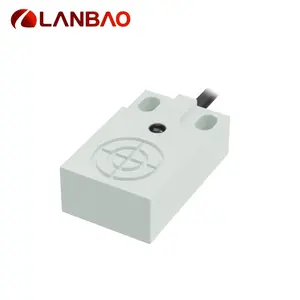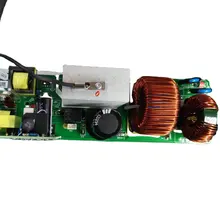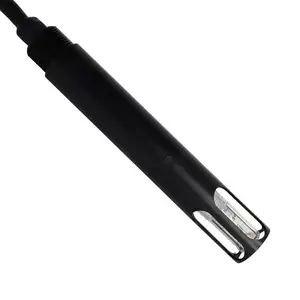Exploring Low Power Sensor Technology
Low power sensors are integral components in modern electronics, designed to operate with minimal energy consumption. These devices are crucial for battery-powered applications where longevity and efficiency are paramount. The category encompasses a diverse range of sensors, including motion detectors, proximity sensors, and environmental monitors, all engineered to perform reliably while conserving power.
Types and Applications
Among the variety of low power sensors, the low power temperature sensor and low power motion sensor are widely utilized in climate control systems and security devices, respectively. The low power accelerometer is often found in wearable technology and mobile devices, tracking movement with precision. In the industrial sector, the low power hall effect sensor plays a critical role in detecting magnetic fields for position sensing. For environmental monitoring, the COZIR LP3 sensor provides accurate CO2 measurements with minimal power draw.
Features and Materials
The construction of low power sensors often involves materials like stainless steel and ABS plastic, ensuring durability and compatibility with various environments. Features such as digital outputs and integration capabilities with wireless systems are common. The low power wireless sensor exemplifies this, offering remote monitoring capabilities without the need for extensive power infrastructure.
Advantages of Low Power Sensors
The primary advantage of using a low power sensor is the extended operational life, especially in remote or hard-to-reach locations. Devices like the low power PIR sensor and low power radar provide vigilant monitoring without the need for frequent battery replacements. Additionally, the ultra low power sensor variants, such as the ultra low power accelerometer and ultra low power temperature sensor, push the boundaries of energy efficiency even further.
Innovations in Low Power Sensing
Innovation in this field has led to the development of specialized sensors like the INMP441 microphone module, which offers high-performance audio sensing with low power demands. Similarly, advancements in passive infrared technology have resulted in the PIR sensor low power models, which are highly sought after in energy-sensitive security systems.
Choosing the Right Low Power Sensor
Selecting the appropriate low power sensor requires a thorough understanding of the application's demands and the sensor's specifications. Factors such as sensitivity, range, and the specific type of sensor—be it a low power proximity sensor or a low power hall sensor—must be considered to ensure optimal performance and energy efficiency.










































 浙公网安备 33010002000092号
浙公网安备 33010002000092号 浙B2-20120091-4
浙B2-20120091-4